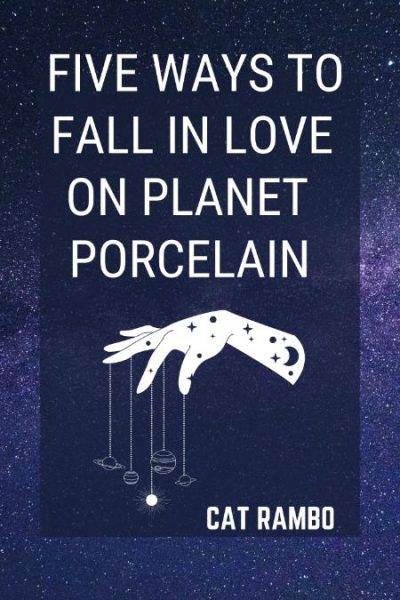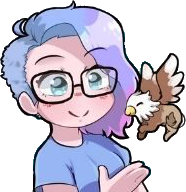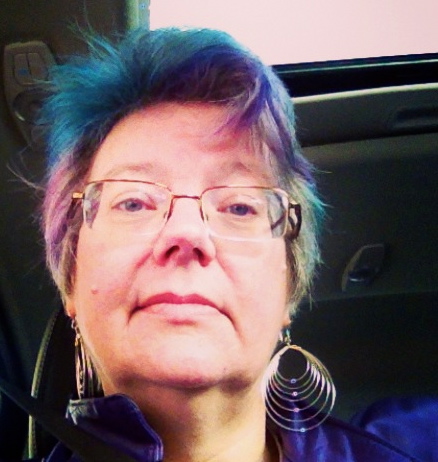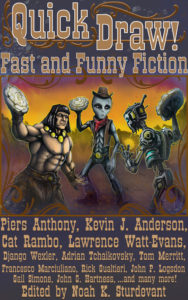Most writers can probably remember the moment when they realized that they wanted to become a writer. Maybe it was a story someone read to them when they were a child. Or a novel they read in junior high. Or the first time they wrote a poem or a short story for an English assignment in elementary school. Maybe they saw a play or a film and felt inspired to write their own script. Or wrote an article for their high school newspaper. Or took a writing class in college.
Everyone has their Aha! moment. An epiphany that sends them down a path of words and characters and plots, that takes them on a journey of creativity and self-doubt and soul-crushing rejection. Not to mention years of emotional therapy.
That moment for me happened in the late fall of 1985, during the first semester of my sophomore year in college. I’d been introduced to The Stand by Stephen King the previous summer and devoured the novel while on a family vacation. I didn’t read much as a kid. I was allergic to libraries and would rather play outside or watch TV. Books were an afterthought or a requirement for high school American and Western Lit classes. Although I did enjoy Vonnegut. And Lord of the Flies remains near the top of my list of Desert Island Books (irony noted). But after reading The Stand, I was hooked.
So I picked up a few more of King’s novels, along with novels by Dean Koontz, Peter Straub, Robert McCammon, F. Paul Wilson, and John Saul, among others. All horror writers, all the time. I’d fallen in love with reading and I couldn’t imagine my life without books. But there came a moment when I was in the middle of The Talisman by King and Straub that I became so caught up in the adventure unfolding within the pages of the story that the world outside of the novel ceased to exist. It was something I’d never experienced before. Not with The Stand or any other of the books I’d read. And it was such an amazing and exhilarating moment that I thought: I want to make someone feel like this.
So I took some writing classes and I kept reading. When I graduated, I got a job to pay the bills and wrote short stories in my spare time, sending them out to magazines in the hopes of having them published. The stories were all of the supernatural horror variety, of course. And the influence of the books I’d read, especially the novels of King and Straub, loomed large on my writing. They were, after all, the impetus for my wanting to become a writer.
Over the next decade, I wrote dozens of short stories along with three novels. While I managed to get a dozen of the stories published, the pay didn’t amount to much. And although I received positive feedback on my novels, none of them found an agent or a home. Writing soon became a grind, the joy replaced by discouragement, and I started to question whether or not continuing along this path was something that I wanted to do. Cue the self-doubt.
Soon after, in October 2002, I was browsing the books at my local bookstore in preparation for another trip and came across the novel Lullaby by Chuck Palahniuk. I’d seen the movie Fight Club and loved it, and Lullaby was a supernatural horror-satire with a premise that sounded fun. So I bought a copy and put it in my backpack for the flight.
Have you ever read the first few pages of a novel or a short story and had to go back and reread them immediately because they spoke to you in a way that no story has ever spoken to you before? Suddenly an idea forms in your head. Except it’s more than just an idea. It’s an awareness. A realization that you have this story inside of you but you never knew it was waiting to be told until that moment.
That’s what happened to me in the first five minutes of that airplane flight, reading the opening pages of Lullaby. I’d written previous supernatural horror stories with elements of dark comedy and social satire but had never considered expanding any of them into a novel-length form. The idea had never occurred to me. But the dark comedy and social satire in Lullaby spoke to me in a way that straight supernatural horror no longer did.
So I read more Palahniuk. Around that same time, I discovered the comedic fantasy books of Christopher Moore (Lamb and Bloodsucking Fiends). Together, the influence of their books had an enormous impact on my writing. Where King and Straub had made me realize that I wanted to become a writer, Palahniuk and Moore made me realize what I wanted to do as a writer.
When I finally sat down to flesh out my darkly comedic short story “A Zombie’s Lament” that I’d written a year earlier, I discovered the joy of writing again. More than that, I discovered my voice. And that voice helped me to write Breathers, my fourth novel and first published novel, which came out in 2009.
I wrote four more novels after that, all of them dark comedy and social satire with a supernatural, speculative, or fantastic element. In addition to Palahniuk and Moore, I continued to read King and Straub but added other writers to my diet, including Gaiman, Pratchett, and Hiaasen, who all helped my writing to evolve. But Palahniuk and Moore were the catalyst for the writer I had become.
Then around 2014-2015, I discovered the short story collections of Karen Russell and Kelly Link, specifically St. Lucy’s Home for Girls Raised by Wolves and Get in Trouble. This discovery created a third shift in my writing and I found myself exploring ideas and stories and characters that I never would have considered writing about before. Not only did the stories of Russell and Link inspire me to write a number of my own short stories, but they also helped me to bring more balance to my writing.
Although all of my novels and many of my previous short stories included female characters who featured prominently in the plot, none of the women played the role of the main protagonist. Half of the 14 stories in my new collection, Lost Creatures, are told from a female POV””including a ten-year-old Japanese girl, a college zombie, and a time-jumping alcoholic. And they are some of my favorite stories I’ve ever written.
Over the course of my creative career, dozens of writers have had an impact on my writing, influencing and inspiring me. And while my writing wouldn’t be the same without the existence of every single one of those writers, the books and words written by these six authors found me at the right time and had the most significant impact on the formation and the evolution of my writing.
BIO: S.G. Browne is the author of the novels Breathers, Fated, Lucky Bastard, Big Egos, and Less Than Hero, as well as the short story collection Shooting Monkeys in a Barrel and the heartwarming holiday novella I Saw Zombies Eating Santa Claus. He’s also the author of The Maiden Poodle, a self-published fairy tale about anthropomorphic cats and dogs suitable for children and adults of all ages. His new short story collection, Lost Creatures, is a blend of fantasy, science fiction, dark comedy, and magical realism. He’s an ice cream connoisseur, Guinness aficionado, and a cat enthusiast. You can follow him on Twitter, Facebook, Instagram, check out his website at www.sgbrowne.com, or learn more about his new collection Lost Creatures.
If you’re an author or other fantasy and science fiction creative, and want to do a guest blog post, please check out the guest blog post guidelines. Or if you’re looking for community from other F&SF writers, sign up for the Rambo Academy for Wayward Writers Critclub!







 As a writer, it’s normal to want to share stories about the diverse and interesting world around you. That can be difficult if you have to write a character with a completely different background and life experience than you. The important thing is to stay away from writing a stereotype or a character that’s unbelievable. To help you, this article will share five helpful suggestions to create excellent and multi-layered LGBT characters.
As a writer, it’s normal to want to share stories about the diverse and interesting world around you. That can be difficult if you have to write a character with a completely different background and life experience than you. The important thing is to stay away from writing a stereotype or a character that’s unbelievable. To help you, this article will share five helpful suggestions to create excellent and multi-layered LGBT characters.  About the Author: Ellie Coverdale, a writer and blogger at
About the Author: Ellie Coverdale, a writer and blogger at 



